The adventurers, businessman who gave their names to streets in Melbourne’s west
From a heroic sea captain to the Foots Cray region in southeast Greater London, these are how the key streets of Melbourne’s west got their names.
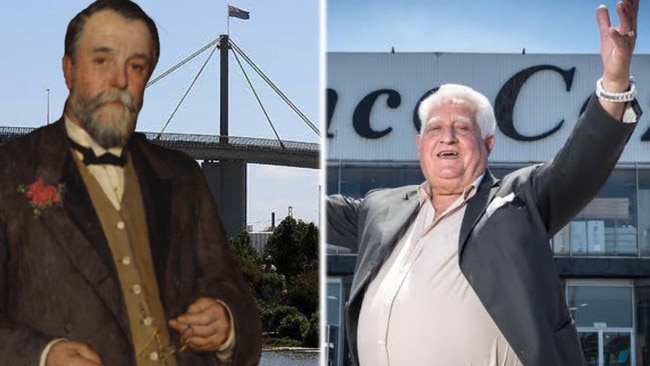
VIC News
Don't miss out on the headlines from VIC News. Followed categories will be added to My News.
MILLERS RD
Millers Rd, connecting Seaholme and Brooklyn, was named for goldfields pioneer and innkeeper Thomas Miller.
He resided at a farm near Brooklyn in the 1860s where he founded the Half Moon Inn.
The inn serviced new arrivals from the ports at Williamstown and Melbourne who were finding their way to the goldfields.
Miller was also a pioneer of transport between Melbourne and the goldfields and moved supplies and equipment to miners.
The inn later served as a post office and a caravan park.
The area where the Miller family lived is now an industrial park.
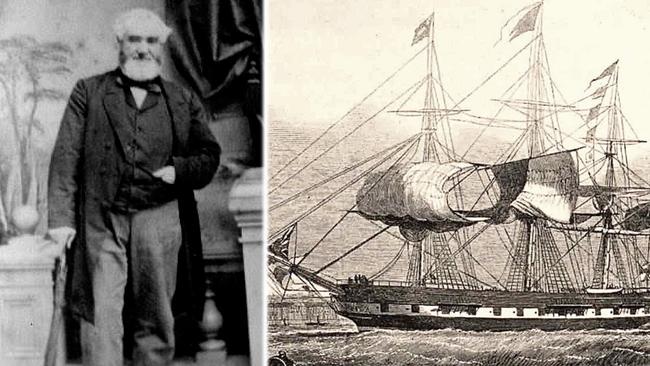
FERGUSON ST
Captain Charles Ferguson, a distinguished sailor with extensive experience in command of the barque Rajah, was colonial Victoria’s first Chief Harbour Master in the 1850s.
He was also a landowner, police magistrate and early water police magistrate.
When the well-known ship Marco Polo was stranded in Hobson’s Bay in 1854, Ferguson as harbour master is credited with rescuing her.
His efforts prompted Captain Wild of the Marco Polo to present Ferguson with a valuable inscribed silver tea set.
In 1868, while visiting England on sick leave, Ferguson died in London and was buried in London Cemetery.
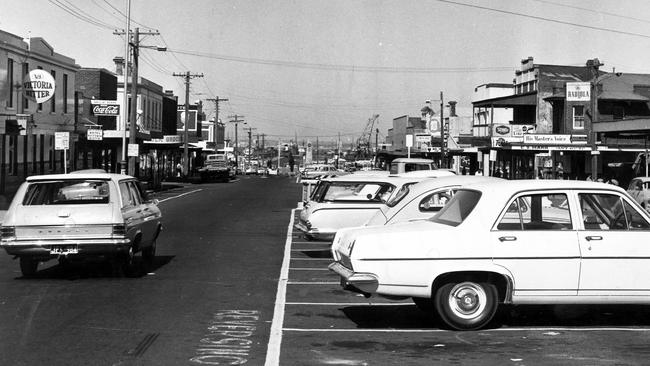
HALL ST
William Hall was an early landowner who operated a farm between today’s Hall St and the Yarra estuary.
When the land was sold and subdivided in the late Nineteenth Century, developers named the street in Hall’s honour.
Hobson’s Bay was named in the 1830s after Captain Hobson of the ship HMS Rattlesnake.
Until the mid 1800s, the section of river at the mouth of the Yarra was called Hobson’s River, leading Hall to name his farm the Hobson’s River Farm.
Nearby Hobsons St, River St and Farm St were also named after Hall’s original property.
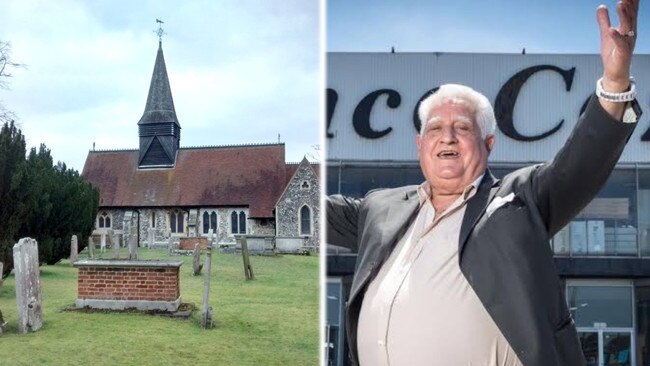
FOOTSCRAY RD
The road, and the suburb, were named after the region of Foots Cray in southeast Greater London.
The town which gave its name to our familiar western suburb is believed to have originally been named with a blend of the original Saxon resident Godwin Fot in the Eleventh Century, and the nearby River Cray, the largest tributary to the Darent River.
The original Foots Cray lies on the Maidstone Rd – a name also given to the Melbourne suburb of Maidstone, which lies just northwest if Footscray.
BLADIN ST
Laverton’s Bladin St was named for Air Vice Marshal Francis Bladin, born in rural Victoria in 1898.
Bladin wanted to join the army during WWI but his parents would not let him go.
He later signed up and served in the Australian and British armies after WWI before becoming a flying officer in the RAAF, training at Point Cook.
His roles in WWII included RAAF Director of Operations and Intelligence in Melbourne and Assistant Chief of the Air Staff in Darwin.
He was awarded the United States’ Silver Star for gallantry, making him the first Australian to receive a military award from the US.
In retirement Bladin ran a farm in Yass, New South Wales, before his death in Melbourne in 1978.
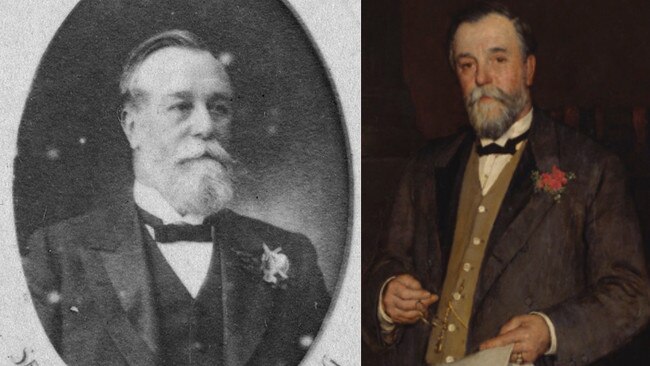
SARGOOD ST
Frederick Thomas Sargood, a good miner and parliamentarian, was known as a talented rifleman and an excellent marksman.
Tragically his wife died in childbirth in early 1880, shortly after which Sargood took his nine children to Britain where he remarried, later to return to Victoria and continue his public service.
Along with serving in the Victorian Legislative Council, Sargood was a prominent figure in the proliferation of rifle clubs and an organiser of volunteer militia.
He died while holidaying in New Zealand and his body was repatriated to be buried in St Kilda Cemetery.
The well known street in Altona was named in his honour.
GRIEVE PDE
Grieve Pde, running north-south in Altona, was named after David Grieve, an early resident of Williamstown born to migrant settlers who ran a dairy and poultry farm.
Grieve was one of the inaugural elected political representatives of the Altona area and became a well known and much loved benefactor to local organisations.
Grieve married Honora Kennedy in 1912 and, after she died in 1922, he married her sister Catherine the following year.
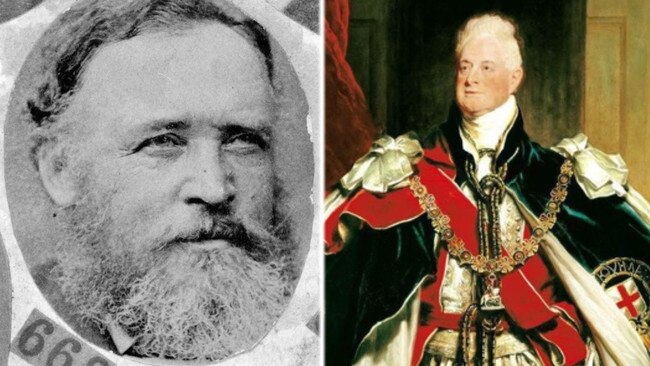
MORE MELBOURNE HISTORY:
BOLD FWY PLAN WOULD HAVE RESHAPED MELBOURNE
HOW CITY’S BEST KNOWN STREETS GOT THEIR NAMES
‘BIG SQUIZZY’S’ COLOURFUL LIFE OF CRIME
THE KILLER SO CRAZY HE HECKLED OWN HANGMAN
MASON ST
Mason St, which runs between Altona North and Newport, was named after local politician and auctioneer Thomas Mason.
After arriving in Victoria in 1841 from Middlesex in England, Mason was a first settler of Williamstown after a period living in the bush, and became the area’s first mayor.
He was later a member of Victoria’s early Legislative Assembly between 1868 and 1871 and at other points in his career was an auditor, valuer and insurance agent.
Williamstown itself was named after King William IV, who reigned between 1830 and 1837.
